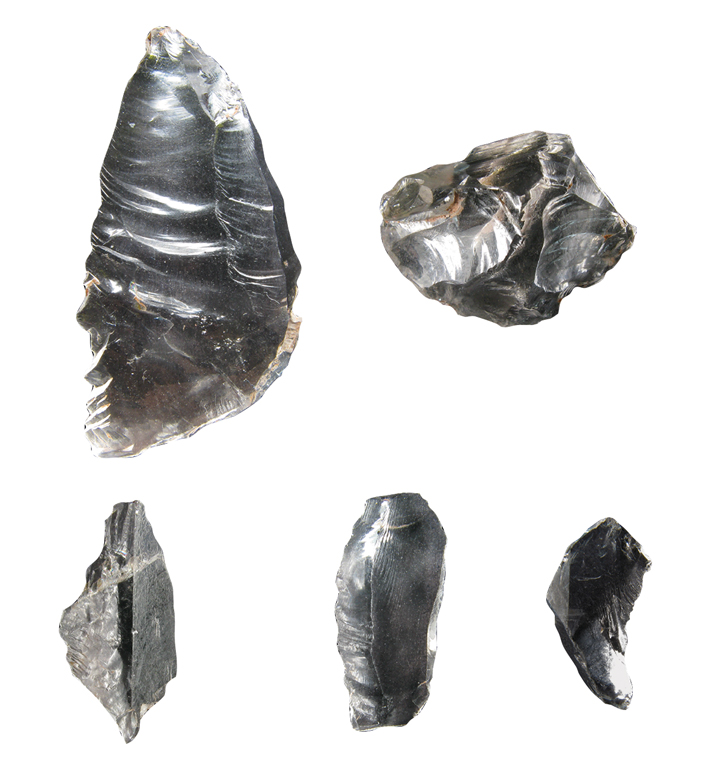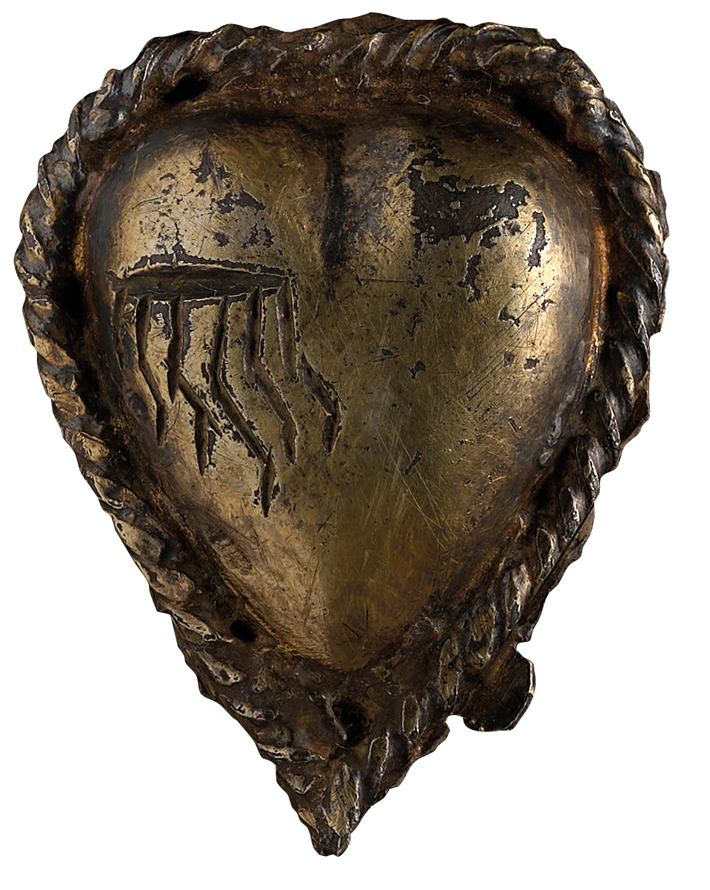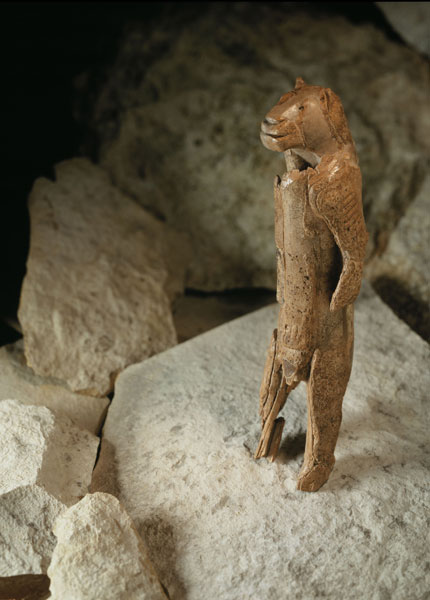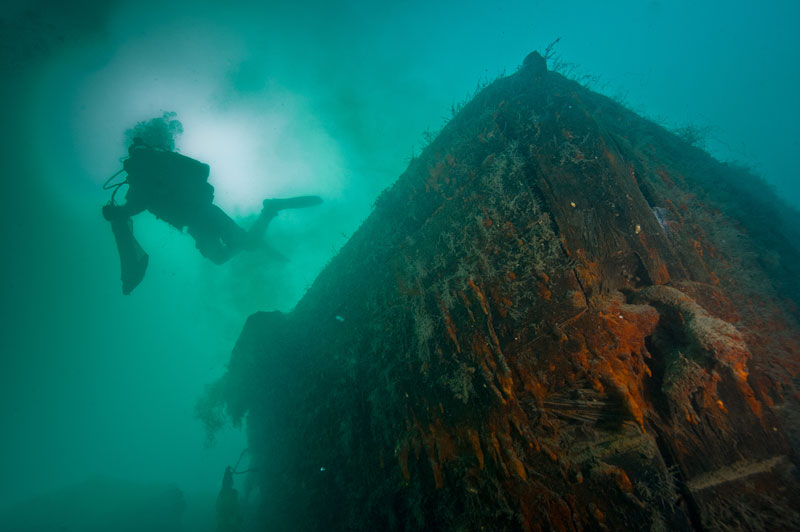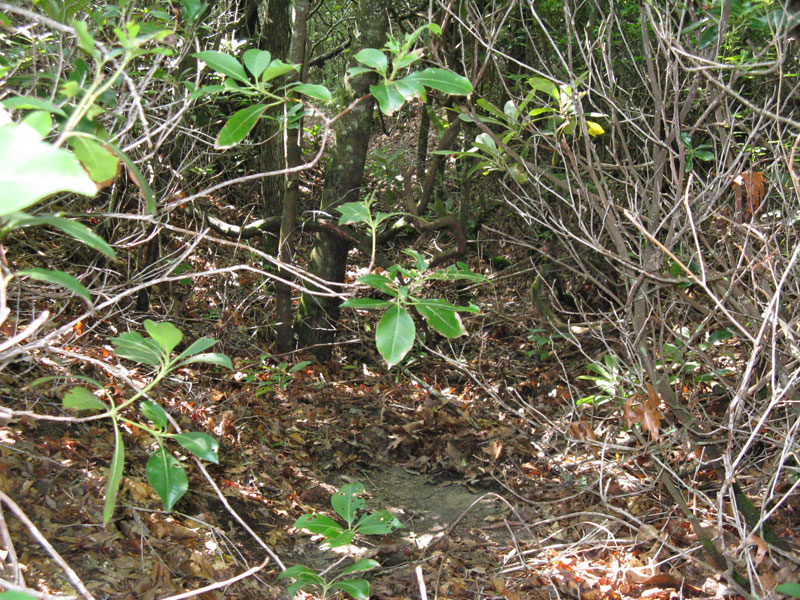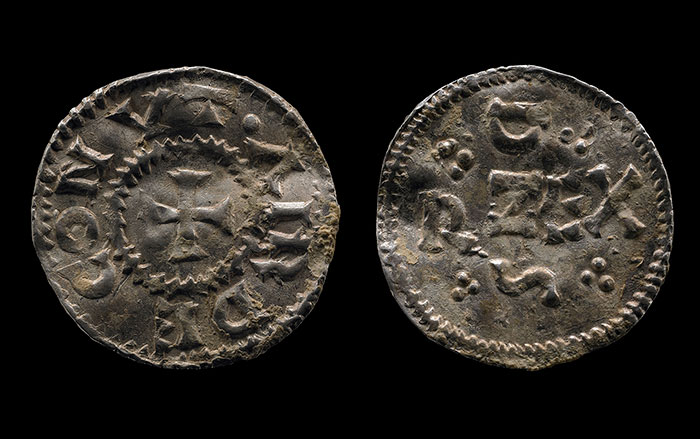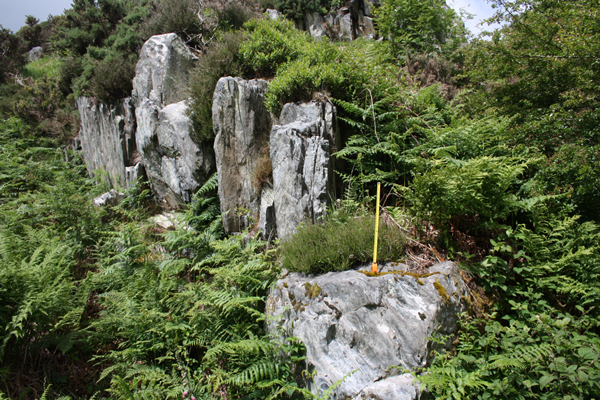
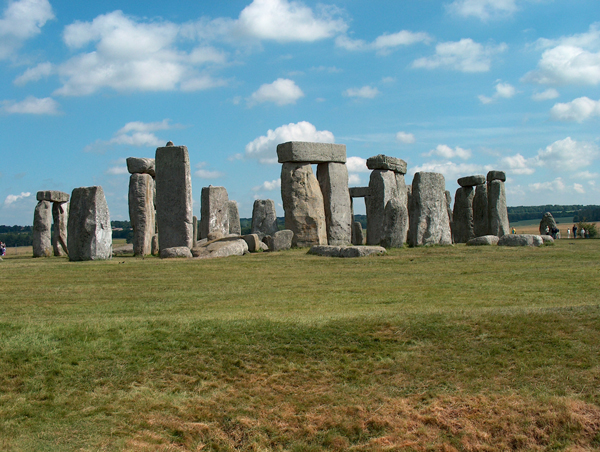
Stonehenge and its surrounding area continue to offer new information about how the prehistoric site was used. A ground-penetrating radar survey led by Vincent Gaffney of the University of Birmingham has revealed evidence of two large pits that, when viewed from the Heel Stone, a small standing stone near the entrance to the site, align with sunrise and sunset on the summer solstice. The pits may have held wooden posts or standing stones, and the area between them and the Heel Stone may have been used for summer solstice rituals.
Some of the stones from the site were the subject of a different study, by geologists Rob Ixer of the University of Leicester and Richard Bevins of National Museum Wales, to determine where they came from. The researchers used a technique called "petrography," a common tool for geologists for more than 100 years. It involves looking at extremely thin slices of rock under a microscope and describing the way the minerals that compose it blend with one another to form a unique texture—as distinctive as a fingerprint. By comparing rock fragments from some of the site's "bluestones" (a generic term used to describe stones outside the site's iconic center) to samples from a rhyolite outcropping at Preseli Hills in West Wales (above), Ixer and Bevins were able to narrow down the area where at least one stone had been quarried to a six-by-15-foot space. The information could lead archaeologists directly to the places where Neolithic people cut the rock that was made into Stonehenge up to 5,000 years ago. The geologists have examined about 700 pieces of rock from Stonehenge but have only completed analysis on a few pieces of rhyolite. "I've been at this for 20 years," says Ixer, "but it is really just the beginning."


